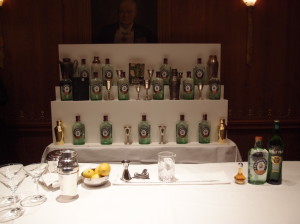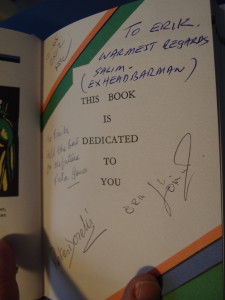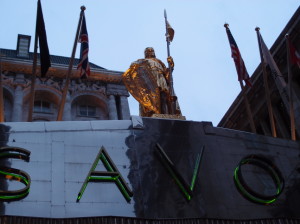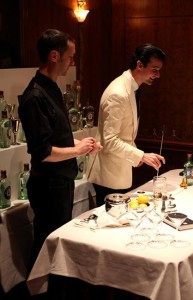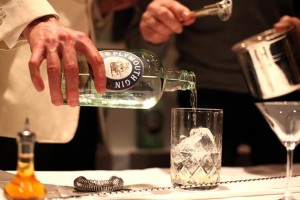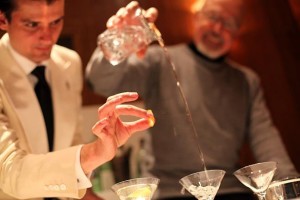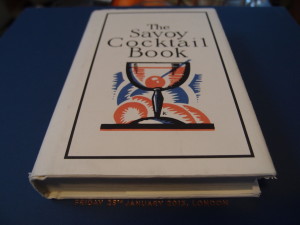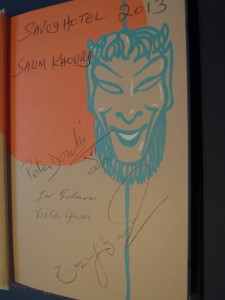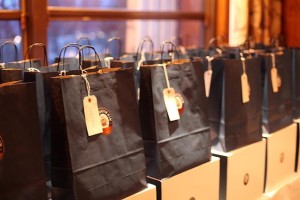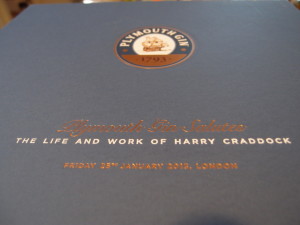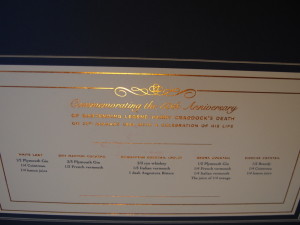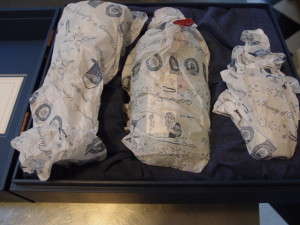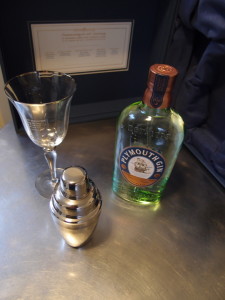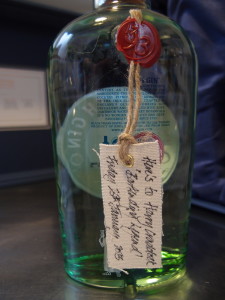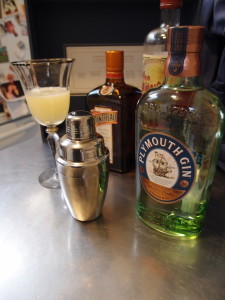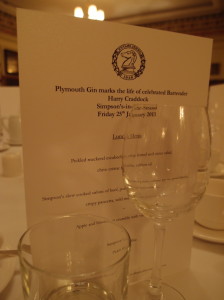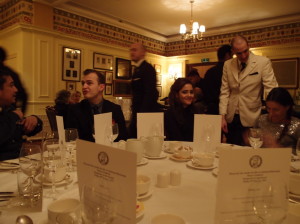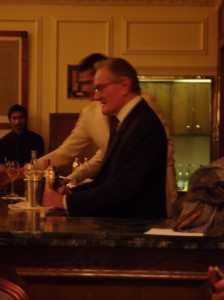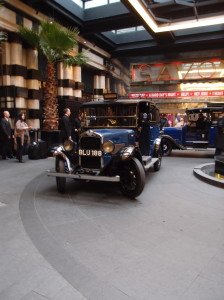Back in the US, as I started to contemplate writing this fantastic and amazing day up, I really found I had a hard time dealing with the enormity of the experience.
Frankly, I’m from the Midwest. We just don’t deal with emotion particularly well. Garrison Keilor is not lying.
As I was writing up some of the posts, the statue and portrait of Winston Churchill in the Savoy Meeting room still bothered me.
Googled “Winston Churchill Savoy Hotel”.
Oh shit, that room was the Pinafore Room, where Winston Churchill used to meet with The Other Club.
“Churchill, who in 1910 was Liberal Home Secretary, and barrister and Conservative MP F. E. Smith had not been invited to join the venerable political dining club known just as The Club. Although both had friends in it, the members thought Churchill and Smith too controversial. So they established their own club, to be called by contrast “The Other Club”.
The initial membership was 12 Liberals, 12 Conservatives, and 12 “distinguished outsiders” who were not in politics. With the help of David Lloyd George (then Chancellor of the Exchequer) another non-member of The Club, they put together such a list and the first dinner was on 18 May 1911. The Chief Whips of the two parties were co-secretaries of the club, so that pairs could be arranged, meaning members dinner would not be interrupted by divisions in the parliament.”
Churchill, famous for his love of a Martini, especially the version that is simply a Big, Cold, Glass of Plymouth Gin.
Friday Afternoon Cocktail: Churchill’s Martini
“Churchill loved his martinis, and he was particular about how he made them. He demanded gin, not vodka or any mix of the two, and Plymouth gin to be exact. You’ll know Plymouth because of its notable Mayflower motif, apparently because “Like the pilgrims, gin traveled from Leyden to Plymouth before coming to the New World.” He was very light on the vermouth – the legend is that in place of it, Churchill would simply nod in the direction of France.”
OK, so we made a Plymouth Martini for the time capsule shaker in the Pinafore Room at the Savoy Hotel, where Winston Churchill used to meet with The Other Club.
Head Explodes. That is some serious voodoo.
The whole day, honestly, was like that.
Harry Craddock’s grave. Meeting the Savoy Head Barmen. Burns’ statue on Burns Night. Simpson’s-in-the-Strand. Cafe Royal. The Dorchester. The grand old Savoy Hotel herself.
So much history, so evocative.
“Once in a Lifetime,” hardly sums it up.
I started this whole Savoy Trip on eGullet in June of 2006. Not intending to start a blog. Not intending to be a bartender. Not intending to do anything other than to learn a little more about how classic cocktails were made.
7 years later, after finishing making the Savoy Cocktails, (don’t talk to me about punches and cups,) this trip was the culmination of a lot of work, a lot of fun, and the capper to a whole chapter of my life.
I really am still trying to figure out what it means.
Thank you Plymouth Gin, Jared and Anistatia, Erik Lorincz, everyone who reads this blog, and especially, my wife Michele, who has encouraged me at every turn, to follow my interests and my dreams.
—
Previous Posts:
Robert Burns, The Savoy Hotel, and the White Lady
Simpson’s-in-the-Strand and the Sidecar
Cafe Royal and The Bronx Cocktail
